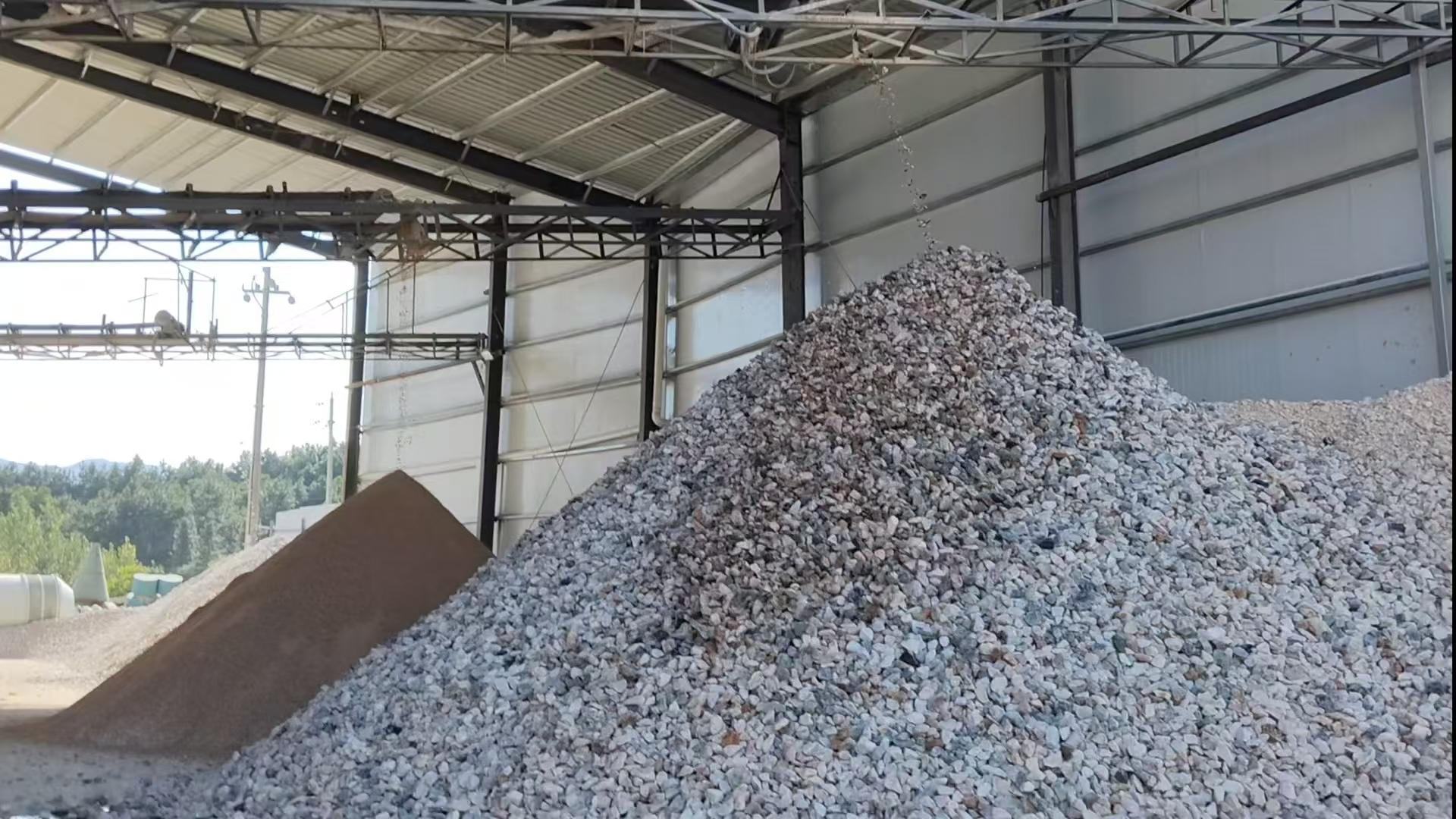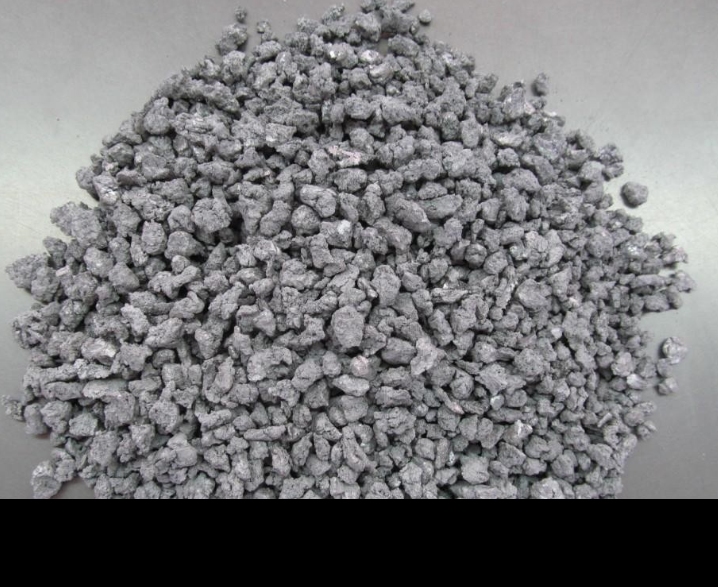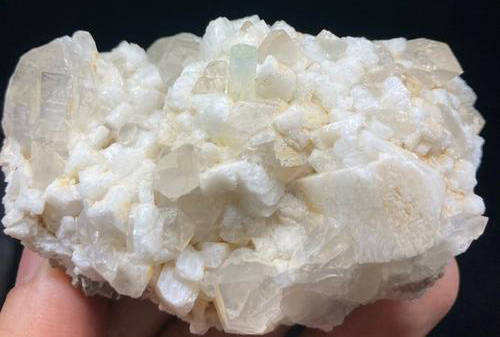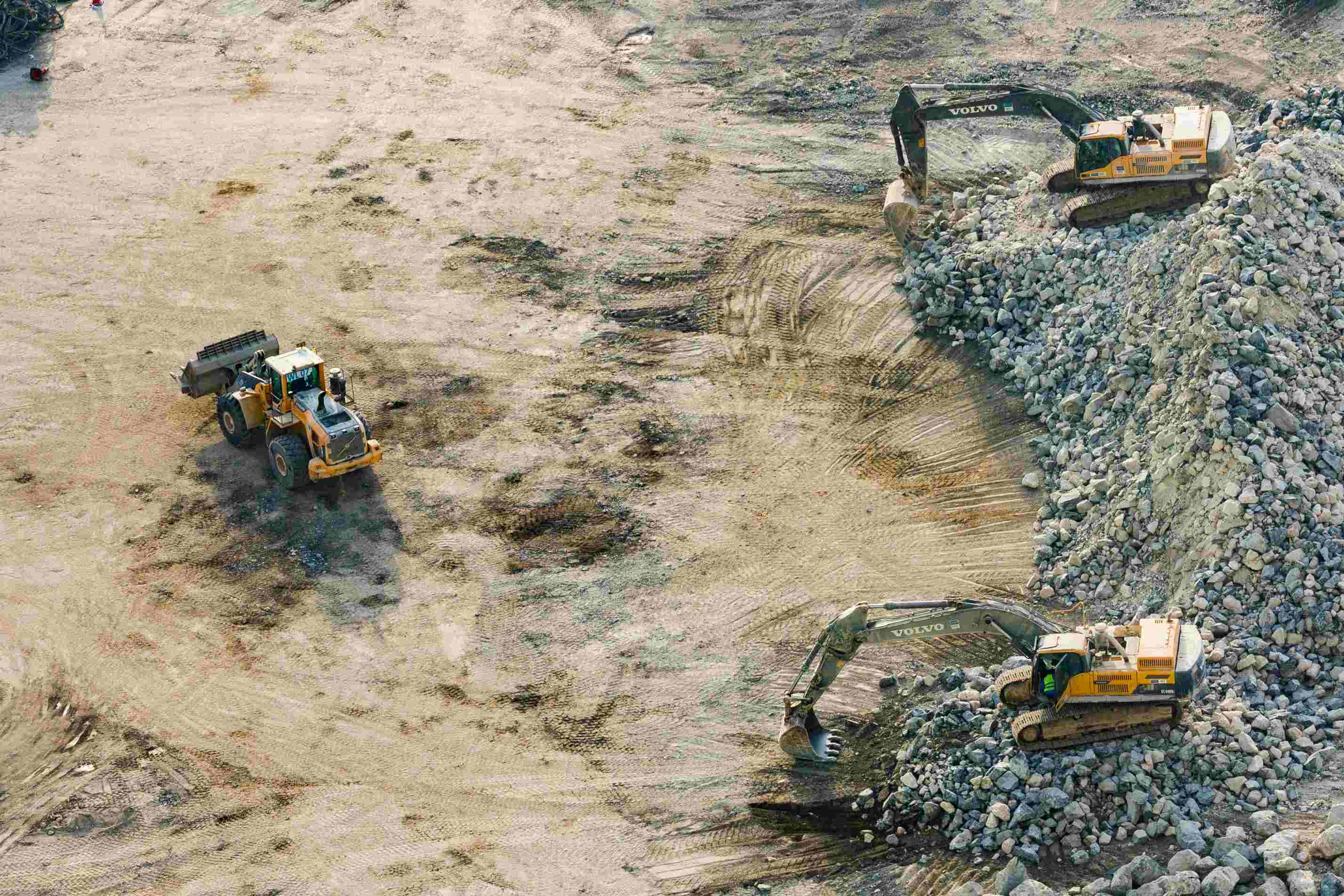 The Importance and Specific Measures of Tailings Treatment
Aug 10, 2024
The Importance and Specific Measures of Tailings Treatment
Aug 10, 2024
Tailings have long been a global environmental challenge, involving the management and treatment of mining waste. Tailings not only occupy a large amount of land, but may also contain harmful chemicals, such as heavy metals and acidic substances, which, if not properly treated, can cause long-term environmental pollution. The safe management of tailings ponds is also an important issue, as they may fail or leak, causing casualties and property losses.
Today we will briefly talk about the treatment of tailings and some specific solutions.
The tailings problem has far-reaching impacts on the environment, society and economy. Environmentally, tailings may cause water pollution, soil degradation and ecosystem damage. Socially, the safety hazards of tailings ponds threaten the health and safety of local communities. Economically, the long-term storage of tailings limits other uses of land and affects sustainable development.
Globally, countries and international organizations are taking measures to address the tailings problem. For example, the development of the Global Tailings Review (GTR) standard aims to improve the way the mining industry manages tailings and move towards the goal of "zero harm" to people and the environment. In addition, governments and international organizations are promoting the implementation of tailings management standards to improve the safety and environmental protection of tailings facilities.
The environmental problems caused by tailings are mainly concentrated in several aspects:
1) Water pollution: Tailings often contain heavy metals and toxic chemicals. If these substances enter the water body without treatment, they will seriously pollute the water quality and endanger aquatic ecosystems and human health.
2) Soil pollution: Tailings piled on the surface will come into contact with the soil, causing heavy metals and harmful substances to penetrate into the soil, destroying the soil structure and fertility, and affecting the agricultural use and ecological function of the land.
3) Biodiversity threats: Tailings pollution leads to the destruction of natural habitats, forcing species to migrate or become extinct, and destroying the ecological balance.
Therefore, the storage of tailings ponds is a key link in tailings treatment, which involves the final disposal of tailings and environmental safety. However, the storage of tailings ponds is also accompanied by a series of potential environmental risks, mainly including:
1. Tailings dam breach risk: If the tailings pond is improperly designed or poorly maintained, it may fail, resulting in the sudden release of a large amount of tailings, causing serious downstream flooding and environmental damage.
2. Pollution of groundwater and surface water: Harmful chemicals in tailings ponds may penetrate into groundwater through leachate, or enter rivers and lakes with surface runoff, polluting water resources.
3. Air pollution: Tailings ponds may produce dust during weathering and drying, affecting the surrounding air quality.
4. Ecological damage: Tailings ponds occupy a large area of land, change the original topography, and may destroy the local ecological balance and biodiversity.
5. Geological disasters: The stability of tailings ponds may also induce geological disasters such as landslides and mudslides, posing a threat to surrounding communities.
6. Pollution of environmentally sensitive points: If the tailings pond is close to environmentally sensitive points such as drinking water sources, its environmental risks are particularly prominent. Once a pollution incident occurs, it will directly affect human health and quality of life.
7. Long-term environmental impact: Even if the tailings pond is no longer in use, its residual pollutants may exist for a long time, causing continuous impact on the environment.
In order to reduce these risks, a series of environmental management and risk prevention measures need to be taken, including strengthening the design, construction and maintenance of tailings ponds, implementing environmental monitoring and risk assessment of tailings ponds, and formulating emergency plans to deal with possible environmental accidents. In addition, promoting the closure and reclamation of tailings ponds and reducing their long-term impact on the environment is also an important environmental management strategy.
Among them, tailings dry discharge technology has significant advantages in improving tailings treatment efficiency, reducing environmental risks, reducing economic costs and promoting sustainable resource utilization. Compared with traditional tailings ponds, tailings dry discharge technology has the following advantages:
1. Small footprint: The tailings dry discharge process treats tailings through efficient dehydration equipment to form slag with low water content, thereby reducing dependence on tailings ponds and saving land resources.
2. High safety: Tailings dry discharge avoids safety accidents such as dam break, dam overflow and dam collapse that may occur in tailings ponds, reducing environmental pollution and safety risks.
3. Low investment cost: Although the initial equipment investment of tailings dry discharge may be slightly higher than that of traditional tailings ponds, in the long run, tailings dry discharge can reduce the construction and maintenance costs of tailings ponds, as well as the reclamation and management costs after the tailings pond is closed.
4. Environmentally friendly: Tailings dry discharge helps reduce the negative impact of tailings ponds on the surrounding environment, because the tailings after dry discharge are easier to close and revegetate.
5. Tailings reuse: The tailings after dry discharge have low water content and are easier to recover and utilize, which meets the requirements of green mine construction and is conducive to the comprehensive recovery and recycling of resources.
6. Economic benefits: Tailings dry discharge can reduce water consumption and allow tailings to be sold as products such as building materials, creating additional income for enterprises.
Overall, improving the comprehensive utilization of tailings is always the best way to deal with tailings. The following are several specific measures for the comprehensive utilization of tailings:
1. Tailings re-mineralization technology: Through advanced mineral processing technology, residual valuable metals are recovered from tailings to improve resource utilization.
2. Tailings for building materials: Use silicon, aluminum, iron and other elements in tailings to prepare cement, bricks, concrete and other building materials.
3. Tailings for ceramic materials: Use mineral components in tailings to produce ceramic bricks, ceramic tiles and other products.
4. Tailings for mineral fertilizers: Through chemical treatment, tailings are converted into mineral fertilizers containing elements required for plant growth.
5. Ecological restoration of tailings ponds: Improve the ecological environment of tailings ponds and reduce pollution through measures such as vegetation restoration and soil improvement.
6. Tailings high-value disposal and utilization technology: Develop new technical means to achieve the preparation of high-value-added products from tailings.
7. International cooperation in the comprehensive utilization of tailings resources: Utilize domestic and foreign policies, technologies, funds and other advantages to jointly develop tailings resources.
8. Mine filling new cementitious material technology: Use tailings for mine backfilling to reduce new tailings emissions and land occupation.
9. Key technologies and industrial applications of iron ore mining and sand making: Use tailings for sand making to increase its economic value.
10. Grinding and sorting fine-grained wet tailings for full resource utilization and cascade utilization technology and equipment: further processing of tailings to extract more useful components.
These measures are aimed at maximizing the utilization of tailings resources, reducing environmental pollution, and promoting the sustainable development of the mining industry. Through these comprehensive utilization measures, tailings are no longer simply waste, but can be transformed into valuable resources.
With the continuous advancement of technology and the improvement of environmental protection requirements, the technology and application of tailings resource utilization will become more diversified and efficient.
Hefei Mingde Optoelectronics Technology Co., Ltd. specializes in the research and production of photoelectric sorting equipment. The photoelectric sorting machine introduced AI and big digital technology, which can extract various surface features of ores, accurately sort various ores, obtain granular raw ores, realize pre-disposal of ores, facilitate dry discharge of tailings, and waste rocks and low-grade ores with no economic value can be used as ore backfill and construction aggregates.
AI SORTING MACHINE
On the other hand, our ore sorting machines can perform secondary sorting of tailings, enrich the valuable ores, and reduce the subsequent flotation processing volume while improving the overall recovery rate of resources, so as to achieve cost reduction and efficiency improvement.
Overall, tailings treatment is not only a requirement for corporate environmental management, but also an important means to enhance social image and maintain public relations. Through active tailings management and public communication, companies can win broad recognition and support from society while ensuring environmental sustainability.
 Photoelectric Sorting of Titanium Sponge
Jul 13, 2024
Photoelectric Sorting of Titanium Sponge
Jul 13, 2024
 Practical Application and Separation of Potassium Feldspar
Jul 20, 2024
Practical Application and Separation of Potassium Feldspar
Jul 20, 2024
 AI intelligent Sorting Machine: A New Choice for Ore Sorting
Jul 20, 2024
AI intelligent Sorting Machine: A New Choice for Ore Sorting
Jul 20, 2024
 The Importance and Specific Measures of Tailings Treatment
Aug 10, 2024
The Importance and Specific Measures of Tailings Treatment
Aug 10, 2024